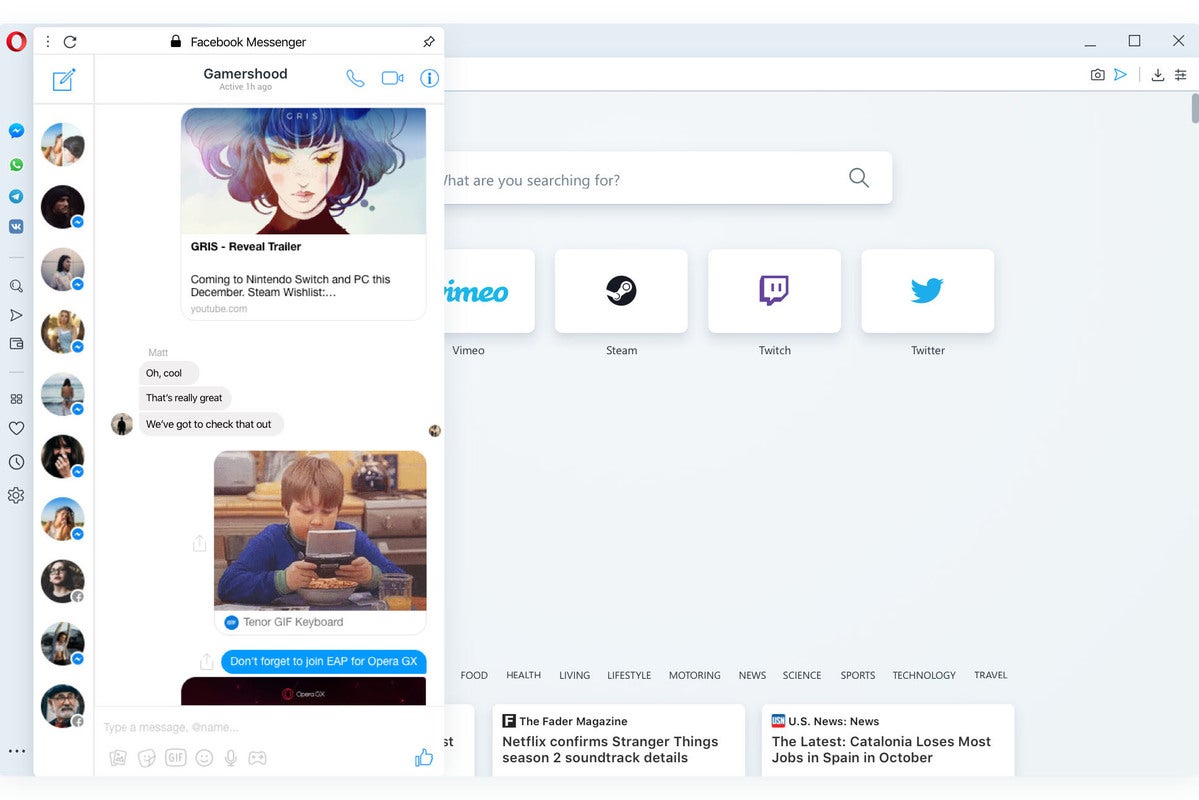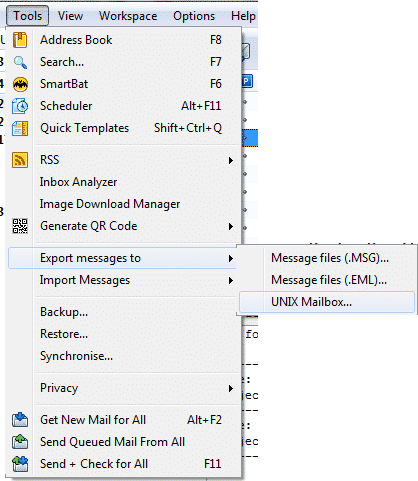Bat Hat Mac OS
Is your Mac up to date with the latest version of the Mac operating system? Is it using the version required by a product that you want to use with your Mac? Which versions are earlier (older) or later (newer, more recent)? How to upgrade imovie 11. To find out, learn which version is installed now.
First, we will show you the general case for starting and stopping Tomcat on Mac OS X. Mac OS X sets all your paths for you so all you need to do is ensure that there are no TCP services already running on port 8080 (the default Tomcat HTTP server socket port), nor. Creating a bash shell script works like in all.nix operating systems. Create a text file containing the command - i.e. Command.sh Make file executable using chmod - i.e. Chmod 755./command.sh Now it should work when run from command line (i.e in Terminal). Usually you can create bash script for Mac OS, where you put similar commands as in batch file. For your case create bash file and put same command, but change back-slashes with regular ones. Your file will look something like.
If your macOS isn't up to date, you may be able to update to a later version.
Which macOS version is installed?
From the Apple menu in the corner of your screen, choose About This Mac. You should see the macOS name, such as macOS Big Sur, followed by its version number. If you need to know the build number as well, click the version number to see it.
Which macOS version is the latest?
These are all Mac operating systems, starting with the most recent. When a major new macOS is released, it gets a new name, such as macOS Big Sur. As updates that change the macOS version number become available, this article is updated to show the latest version of that macOS.
If your Mac is using an earlier version of any Mac operating system, you should install the latest Apple software updates, which can include important security updates and updates for the apps that are installed by macOS, such as Safari, Books, Messages, Mail, Music, Calendar, and Photos.
| macOS | Latest version |
|---|---|
| macOS Big Sur | 11.3 |
| macOS Catalina | 10.15.7 |
| macOS Mojave | 10.14.6 |
| macOS High Sierra | 10.13.6 |
| macOS Sierra | 10.12.6 |
| OS X El Capitan | 10.11.6 |
| OS X Yosemite | 10.10.5 |
| OS X Mavericks | 10.9.5 |
| OS X Mountain Lion | 10.8.5 |
| OS X Lion | 10.7.5 |
| Mac OS X Snow Leopard | 10.6.8 |
| Mac OS X Leopard | 10.5.8 |
| Mac OS X Tiger | 10.4.11 |
| Mac OS X Panther | 10.3.9 |
| Mac OS X Jaguar | 10.2.8 |
| Mac OS X Puma | 10.1.5 |
| Mac OS X Cheetah | 10.0.4 |
 OS
OSIn a Wednesday presentation at Black Hat USA entitled 'Macs in the age of APTs', researchers from IT security consulting firm iSec said Mac OS X authentication falls short when it comes to defending against APTs.
Specifically, Mac OS X networks are significantly more vulnerable to network privilege escalation attacks, which are exploited frequently by advanced persistent threats. “Almost every OS X server offers weak or broken authentication methods,” said Alex Stamos, iSec co-founder, during the Black Hat presentation, adding that these kinds of attacks were just “two notches above trivial.”
The researchers said that the Mac OS X platform contained a gaping security hole in the authentication protocols that enabled hackers to execute brute force attacks. During the presentation, Paul Youn, researcher at iSec Partners, detailed a login keychain attack unique to the OS X platform that can be used to brute force the user’s passwords.

The attack targets even non-privileged users, decrypting the contents of the login keychain and giving the attackers access to network credentials, Youn said.
“Hackers are quite advanced. Users pick bad passwords so that attack might be very successful,” Youn said during the Black Hat presentation. “Once you compromise a machine, you have access to that user’s information. There’s quite a bit that is immediately available.”
If Macs seem to be less targeted with advanced persistent threats, that's probably because Mac OS X occupies between 6 and 8 percent of the PC market share, Youn said.
'That’s very different than having a secure operating system,' he said. 'That means not many people are interested in attacking Mac users.'
And because Mac users are less targeted, they’re also less wary when it comes to social engineering, according to Youn. 'If they haven’t felt more vulnerable, that might make them more susceptible to social engineering,” he said. “These targeted attacks, they don’t care what OS you’re running.”
Meanwhile, Youn said that Mac users are becoming increasingly accustomed to clicking through applications that are unsigned, while fewer Macs run antivirus. He added that only about 20 percent of Mac OS X users feel vulnerable to cybercrime. https://blackforfreeonlineqtsfoxslotsjack.peatix.com.
Bat Hat Mac Os Catalina
“Apple’s marketing isn’t helping either,” Youn said. “Apple perpetuates this feeling.” Jewel box game.
Bat Hat Mac Os 11
That said, the recently updated Mac OS X 10.7 Lion comes with a slew of security features that put it on more par with Windows.
Bat Hat Mac Os X
One of those improvements in Mac OS X Lion is with its application sandboxing feature. In addition, the updated and more comprehensive address space layout randomization (ASLR) feature in Lion had pretty much tied with the Windows platform as well, Stamos said.
Mac Os Catalina
“So how does Mac stack up to Windows? The OS X is catching up,' Stamos said. 'They’ve done a huge amount of work to making exploits hard.'